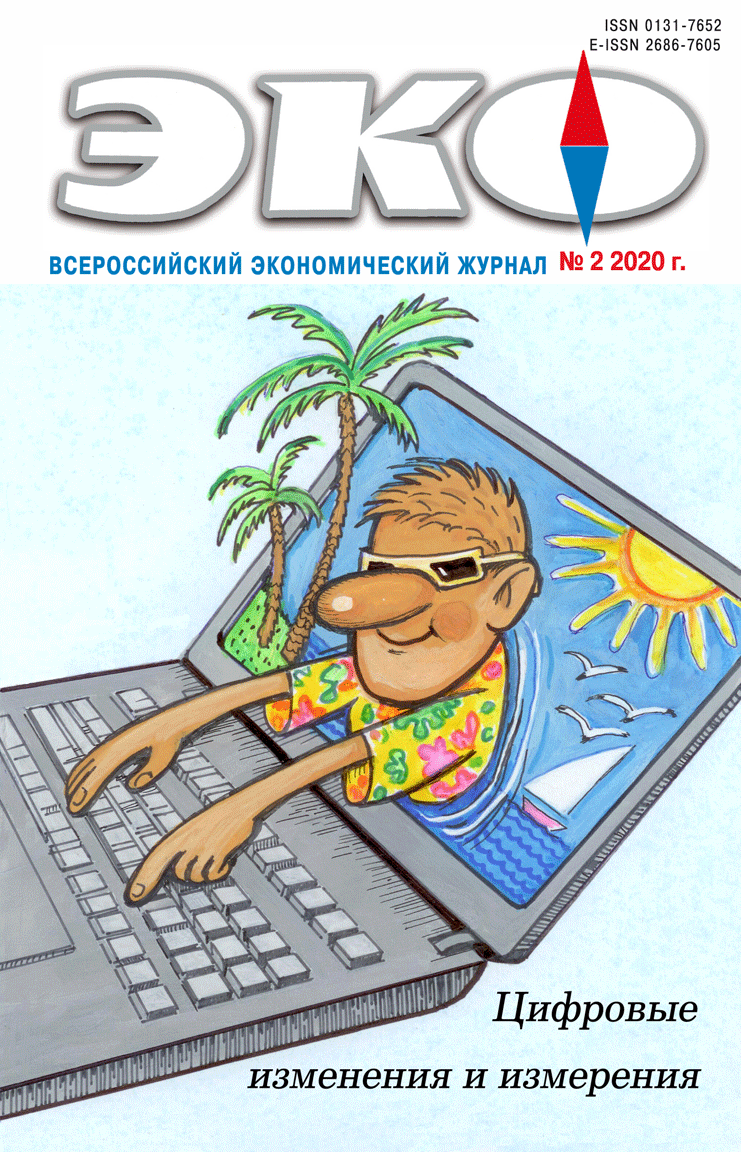MONITORING OF ECONOMIC TRANSFORMATION
Published 2020-01-29
Keywords
- public-private partnership,
- public partner,
- private partner,
- financing partner,
- state-owned banking organizations
- quasi-state financing,
- concession,
- private partner risks ...More
How to Cite
1.
Kashin А, Markelov В. Public-Рrivate or Рublic-Рublic Рartnership?. ECO [Internet]. 2020 Jan. 29 [cited 2026 Jan. 1];50(2):123-42. Available from: https://ecotrends.ru/index.php/eco/article/view/3975
Abstract
The authors analyze the dynamics of PPP projects development in Russia in 2014–2018 in general as well as by sectors and administrative levels, taking in consideration presumable benefits and main obstacles. A separate chapter is devoted to description of current risks associated with implementation of PPP projects. A decisive role in financing Russian PPP projects is played by banks with state participation, which suggests that this financing is quasi-public. Among presumed reasons for high share of public capital in PPP projects are their low profitability and distrust on behalf of private capital. The authors identified main reasons of this distrust. Although banks themselves submitted public proposals as to possible ways of removing restrictions for PPP financing, these proposals were critically reviewed and some possible negative consequences were pointed out. The paper also contains expert recommendations on increasing the volume of private financing.References
- Блок Ф. Роли государства в хозяйстве //Экономическая социология. 2004. Т. 5. № 2. С. 37–56.
- Гафурова Г. Т. Зарубежный опыт развития механизмов государственно-частного партнерства // Финансы и кредит. 2013. № 48 (576). С. 62–72.
- Гусева М. С. Текущее состояние и тренды развития рынка проектов ГЧП в России // Региональное развитие. 2018. № 3. С. 52–59.
- Зусман Е. Обзор судебной практики по заключению и реализации концессионных соглашений в 2018 году // Хозяйство и право. 2019. № 3. С. 73–83 [Эл. ресурс]. URL: https://youandpartners.ru/upload/medialibrary/ e64/hozpravo_07_03_2019_Zusman-E.V..pdf (дата обращения: 14.01.2020).
- Йескомб Э. Р. Государственно-частное партнерство: Основные принципы финансирования / Пер. с англ. М.: Альпина Паблишер, 2015. 457 с.
- Кашин А. В. Экономическое взаимодействие государства и бизнеса как условие формирования инновационного предпринимательства в России /А.В. Кашин, А. В. Кравец // Креативная экономика. 2016. T. 10. № 2. С. 161–172.
- Мереминская Е. Инфраструктурные проекты часто сталкиваются с общественным недовольством // Ведомости. 2019. 12июля [Эл. ресурс]. URL: https://www.vedomosti.ru/economics/articles/2019/07/12/806418-infrastrukturnie-proekti (дата обращения: 14.01.2020).
- Мереминская Е. Госбанки просятся в партнеры государства в инфраструктурных проектах // Ведомости. 2016.2июня. [Эл. ресурс]. URL: https://www.vedomosti.ru/economics/articles/2016/06/03/643494-gosbanki-prosyatsya-partneri-gosudarstva-infrastrukturnih-proektah (дата обращения: 14.01.2020).
- Пастуханов А. Е. Частное финансирование ГЧП проектов в России: возможности и риски // ЭКО. 2018. № 8. С. 113–132. DOI: 10.30680/ЕСО0131-7652-2020-8-113-132.
- Резниченко Н. В. Модели государственно-частного партнерства // Вестник Санкт-Петербургского университета. Менеджмент. 2010. № 4. URL: https://cyberleninka.ru/article/n/modeli-gosudarstvenno-chastnogo-partnerstva-1 (дата обращения: 14.01.2020).
- Сунцова Н. В. Коммерческий банк как участник государственно-частного партнерства – обоснование необходимости. Актуальные вопросы экономики, менеджмента и финансов в современных условиях // Сборник научных трудов по итогам международной научно-практической конференции. 2017. № 4. Санкт-Петербург. С. 90–92.

